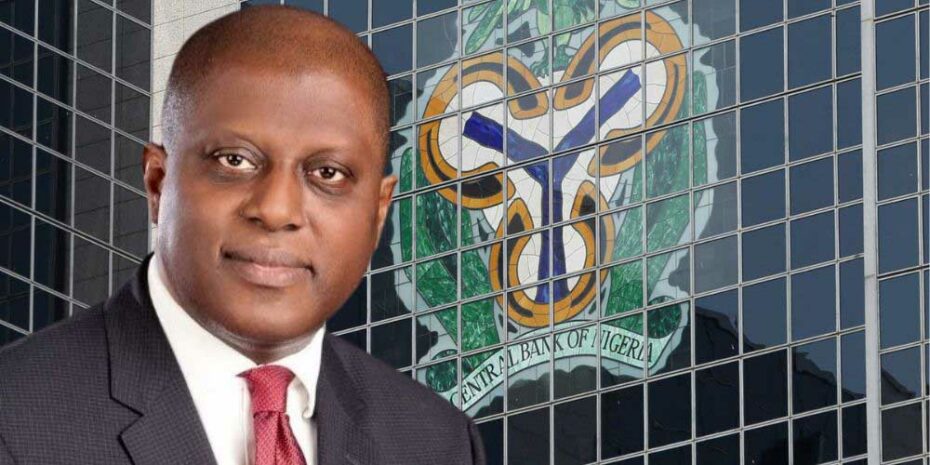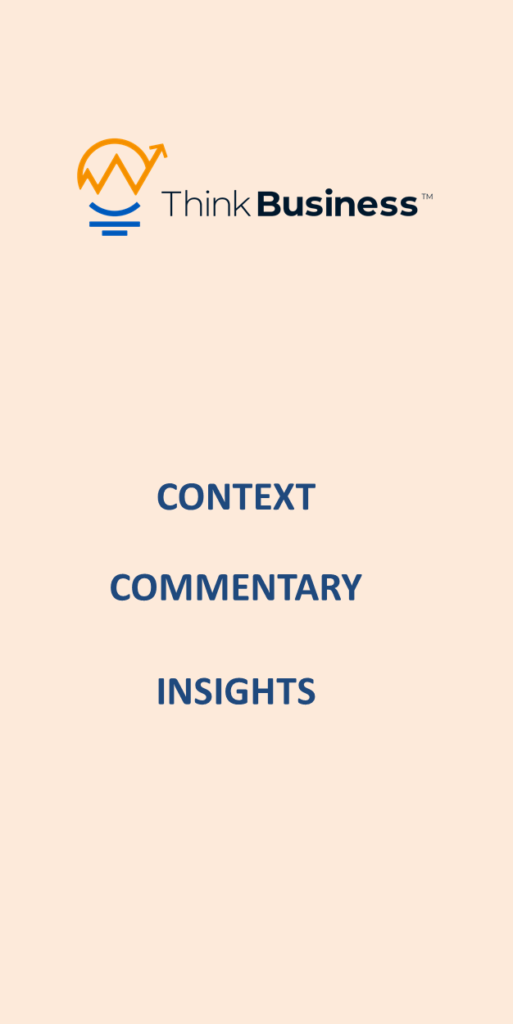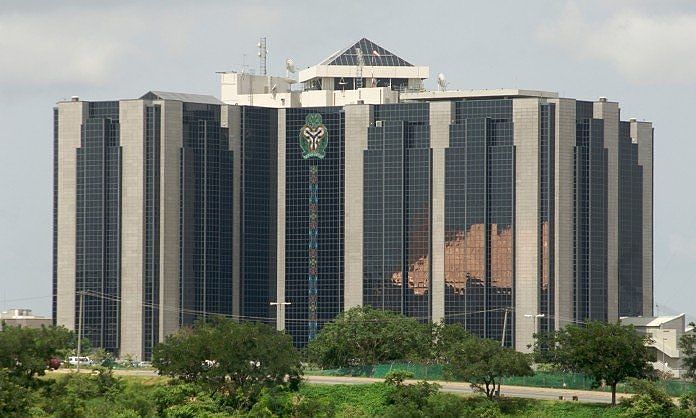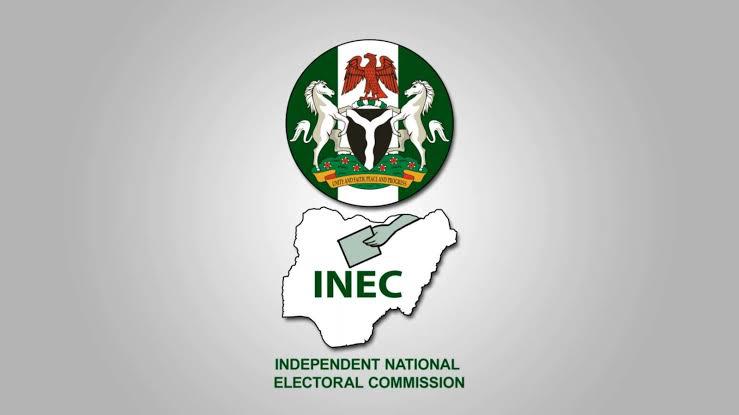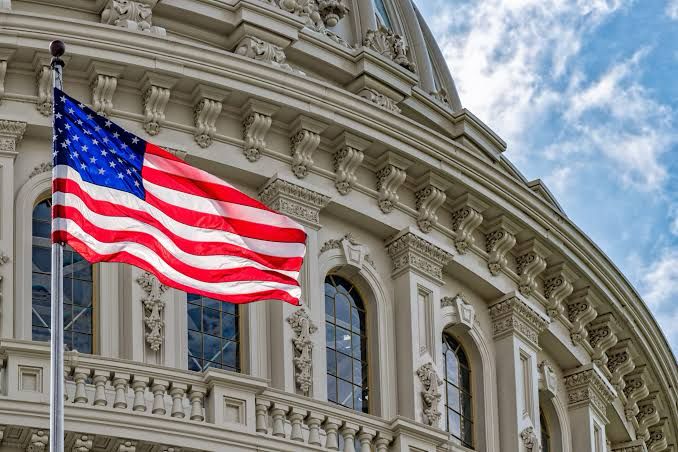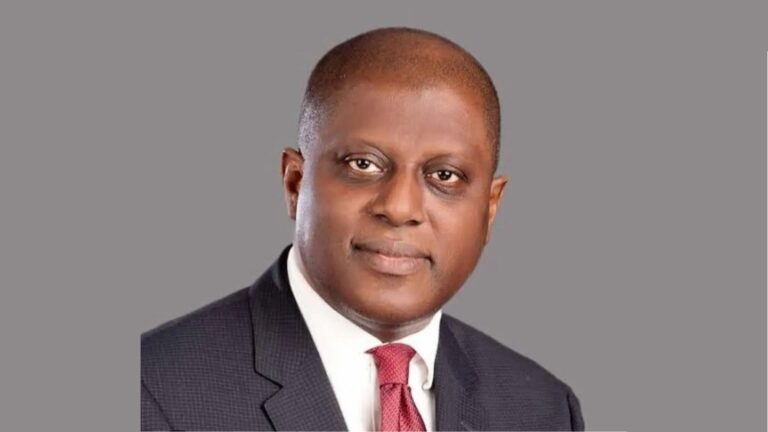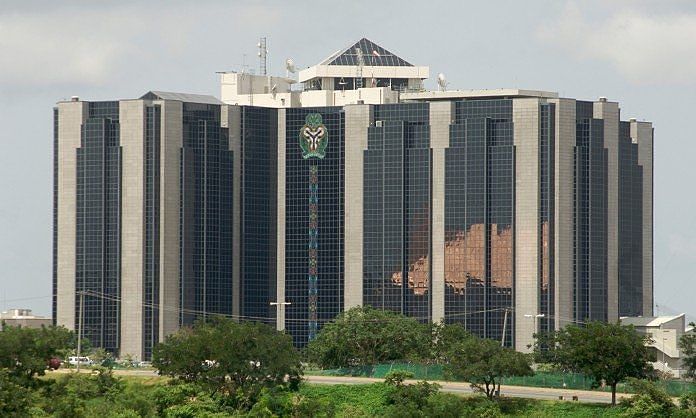For as long as anyone can remember, the Nigerian foreign exchange market has always been known for its multiples and the disparity between the official and the parallel exchange rates. However, following critical measures undertaken by Yemi Cardoso, the governor of the Central Bank of Nigeria (CBN) since September 2023, the two broad markets are converging for the first time since 1985.
Following significant fall in oil prices in the early 1980s and the pressure on the US dollars, the then government’s reluctance to allow the demand and supply of the US dollars to determine its price against the Naira led to the emergence of what we now know as the official and parallel markets rates. According to available records, the parallel market rates was first recorded in 1985. Then, the Naira exchanged for the USD at 0.894 at the official rate, and N1.70 at the parallel market, a 91% gap.
Historically, the Naira’s exchange rate, despite some attempts to change by some former governors of the CBN, have been fixed and or managed by the CBN. With the fixed or managed exchange rate regime came the “administrative” allocation of foreign exchange rates to areas or sectors the CBN believes are more critical, the restriction of access to the official foreign market for some purposes, and the determination of the rate at which government businesses are conducted. For instance, there are many instances in the past that the rates used for government business is different from the official and parallel rates. Also in 2015, the CBN restricted 41 items, and later 43, from access to the official foreign exchange market. This led to pressure on the parallel market. Cardoso reversed the decision in October 2023.
Fig. 1. Parallel exchange rates started in 1985 and continue to diverge from official rate until Feb. 2024
Since becoming the CBN governor, despite early turbulence period in the exchange rate market, Cardoso has remained adamant in his pursuit of the reintroduced “willing buyer, willing seller”. This policy allows all eligible and permitted foreign exchange transactions in a single market. Before his appointment, the Bank had collapsed all segments of the foreign exchange markets into the importers and exporters (I & E) window, changed the operational rate for all government related business to the weighted average of the preceding day’s executed transactions at the I & E window, and the reintroduction of order based two-way quotes.
However, many analysts spoken to by ThinkBusiness Africa believe it was the directive to cap the Net Open Position for banks at 20% short and 0% long of shareholders’ funds that has galvanized the foreign exchange markets towards convergence. On January 31, the CBN released a circular that the NOP of foreign currency assets and liabilities should not exceed 20% of a bank’s shareholders’ funds unimpaired by losses. This means that banks must keep the NOP within this limit to mitigate risks associated with foreign exchange fluctuations. By setting a limit to the NOP in both the short and long term, it puts a limitation on the ability of the banks to “speculate” with their shareholder’s fund. Proshare, one of Nigeria’s financial intelligence publications estimated at the time that about US $4 billion was affected by this directive. In addition to the directive on banks’ NOP, the Cardoso led CBN also removed the allowable limit on exchange rate quoted by International Money Transfer Operators (IMTOs), incentivizing them to stop the settling of exchange rate deals offshore. Those measures have been improved again by another set of measures mandating that Naira equivalent of IMTOs foreign exchange transactions be paid in Naira by their corresponding banks.

Fig. 2. Nigeria’s Naira exchange rate to the USD for official and parallel markets.
As the fig. above shows, the effect was immediate and the Nigeria foreign exchange market rates (NFEM), which is the I & E in the data, has followed the same pattern of the parallel exchange rates. As can also be seen from the graph, from the December 2022 until the foreign exchange reforms of 14th June 2023, though the official and parallel exchange rate markets were stable, there was a constant difference of about N300. This difference and gap in the exchange rate created significant distortions in the exchange rate market, provided arbitrage incentives for corruption, and created “winners” and “losers” in the country’s foreign exchange market.
However, from February this year, the rates have converged. Though other challenges the remain, the most important is the stability of the rates. The current trajectory of between N1450 – N1490 to the US dollar has remained at this band for seven weeks now, the longest stretch of any band since June 2023.



